“Optimize Your Strategies: Sale & Leaseback under IFRS 16 – ACCA Financial Reporting”
Sale & Leaseback-IFRS 16 in financial reporting
This is one of the most comprehensive topics in financial reporting f7 skilled level paper of ACCA. so what does it mean by sale and leaseback? In a sale-leaseback, an asset that is previously owned by the seller is sold to someone else and then leased back to the first owner for a long duration. In this way, a business owner can continue to use a vital asset but doesn’t own it.
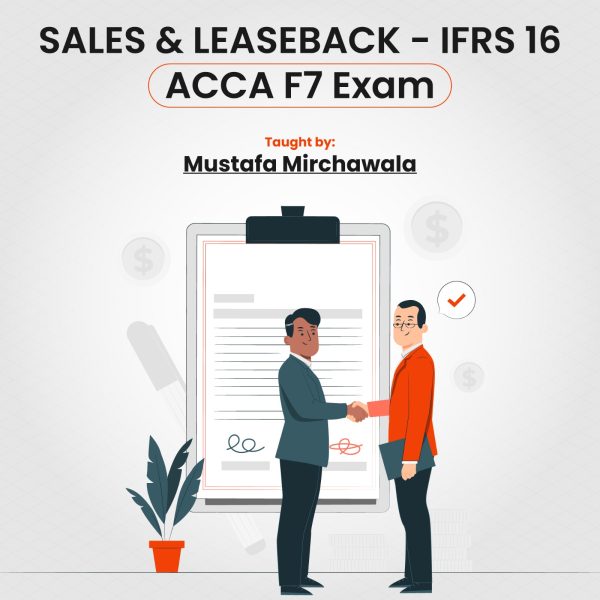
For example, I have one asset currently in use and my company is not financially sound because of negative cash flows. now let’s assume that because of my bad credit score, I wasn’t eligible for a loan from any financial institution. Now I went to the bank with my asset and sold that asset and against this transaction, I got the cash I needed to improve my cash flows and bought that asset at lease again so I could continue to use it for my operations. This is the whole concept of sale and lease back in IFRS 16 financial reporting
This topic is also taught under the F9 Financial Management paper of ACCA by sir Ahmed Shafi at Mirchawla Hub of Accountancy. In financial management, students are being taught about the strategic decision related to leases whereas in financial reporting students are being taught how to account for such transactions in the books of companies.
Sale & Leaseback and
If a company (the seller-lessee) sells an asset to another company (the buyer-lessor) and subsequently leases it back from the buyer, the seller-lessee must determine whether the transfer should be recorded as a sale.
To determine whether a performance requirement has been met, the seller must apply IFS 15 Revenue from Contracts with Customers. This usually happens when the buyer takes possession of the asset. The ability to collect practically all of the remaining advantages is referred to as control of an asset.
The transfer is not the same as a sale.
If the transfer is not a sale, the seller-lessee keeps the transferred asset and incurs a financial burden equivalent to the transfer proceeds.
In simple terms, the transfer proceeds are treated as a loan. The detailed accounting treatment of financial assets and financial liabilities is covered in Chapter 9.
The transfer is a sale
If the transfer does qualify as a sale then the seller-lessee must measure the right-of-use asset as the proportion of the previous carrying amount that relates to the rights retained.
This means that the seller-lessee will recognize a profit or loss based only on the rights transferred to the buyer-lessor
2 cases of sales and leaseback
The First Case Of Sale & Leaseback-IFRS 16
If the sale meets the criteria of IFRS 15(related to revenue ), the performance obligation is satisfied. An example of this is, for example, there is an asset under sale and lease back conditions. now after the sale, if the majority of the time asset is being used by the lessor then this will be considered a genuine sale because now the risk and reward for that asset is on the lessor and not the company who initially held the asset.
Accounting treatment for the asset which meets the IFRS 15 criteria
- Derecognize Asset
- Book gain/loss on disposal up to the rights transferred.
- 3. Book R.T.U ( right to use ) up to the rights retained( as we are lessee now)
Practical example of the accounting treatment
the total useful life of the asset sold is 20 years. And under sales and lease back condition the company bought the asset again on lease for 4 years only. this means that the company is entitled to 20 percent of the revenue whereas 80 percent right is for the lessor. Now the company will Book gain/loss on disposal up to the rights transferred. Therefore the gain and loss will be booked according to 80 percent rights and then Book R.T.U ( right to use ) up to the rights retained( as we are lessee now), The company will book the right to use it according to the 20 percent
Second case Of Sale & Leaseback-IFRS 16
If the sale doesn’t meet the criteria of IFRS 15(related to revenue ), the performance obligation is satisfied. for example, we sold the asset and then held it back on lease for the rest of its remaining life Now the risk and rewards were never transferred to the lessor but it stayed on us for the entire useful life of the asset. now under IFRS 15 related to revenue, this isn’t considered to be a genuine sale.
Accounting treatment for the asset which doesn’t meet the IFRS 15 criteria
- Don’t derecognize assets.
- Don’t book any gain/loss on disposal. the rights transferred.
- Just book the proceeds as a non-current loan and eventually pay the loan with the interest expense.
IFRS 16, Leases came into effect for companies with accounting periods beginning on or after 1 January 2019. The impact on the balance sheets of lessees has been well documented, both in this column and elsewhere. As a reminder, the major difference is that all lease agreements over 12 months will be held as assets and liabilities in the accounts of the lessee.- ACCA Global
FAQs: Sale & Leaseback-IFRS 16 in Financial Reporting
- What is a sale and leaseback transaction in financial reporting under IFRS 16?
In a sale-leaseback, an asset previously owned by a seller is sold to another party and then leased back to the original owner for an extended period. This allows the business owner to use the asset without owning it.
- Can you provide an example of a sale and leaseback scenario?
Certainly. Imagine a company facing financial difficulties with negative cash flows. Unable to secure a loan due to a poor credit score, the company sells one of its assets to a bank for cash, then immediately leases the asset back to continue using it. This is a sale and leaseback in IFRS 16 financial reporting.
- How does the accounting treatment differ for a sale and leaseback transaction?
The accounting treatment depends on whether the sale qualifies as a genuine sale under IFRS 15 criteria. If it does, the seller-lessee derecognizes the asset, books a gain or loss on disposal, and recognizes the right-to-use asset. If it doesn’t meet the criteria, the seller-lessee doesn’t derecognize the asset, doesn’t book any gain/loss on disposal, and treats the proceeds as a non-current loan.
- What are the key criteria for determining if a sale meets IFRS 15 criteria?
The sale meets IFRS 15 criteria when the majority of the time after the sale, the asset is being used by the lessor, and the risk and reward for the asset shift to the lessor, not the initial company.
- When did IFRS 16, Leases come into effect, and what is its impact on financial reporting?
IFRS 16, Leases came into effect for companies with accounting periods beginning on or after January 1, 2019. The major impact is that all lease agreements over 12 months are now recognized as assets and liabilities in the lessee’s accounts.
- Where can I find more information about accounting for sale and leaseback agreements?
You can refer to ACCA Global for comprehensive information and guidance on accounting for sale and leaseback agreements under IFRS 16.
- Can you summarize the key aspects covered in the Kaplan study text regarding leasing?
Certainly. The Kaplan study text covers:
– Accounting for right-of-use assets and lease liabilities in the lessee’s records.
– Explaining exemptions from recognition criteria for leases in the lessee’s records.
– Accounting for sale and leaseback agreements.
Written by : Warisha Shehzadi – student at Mirchawala Hub Of Accountancy

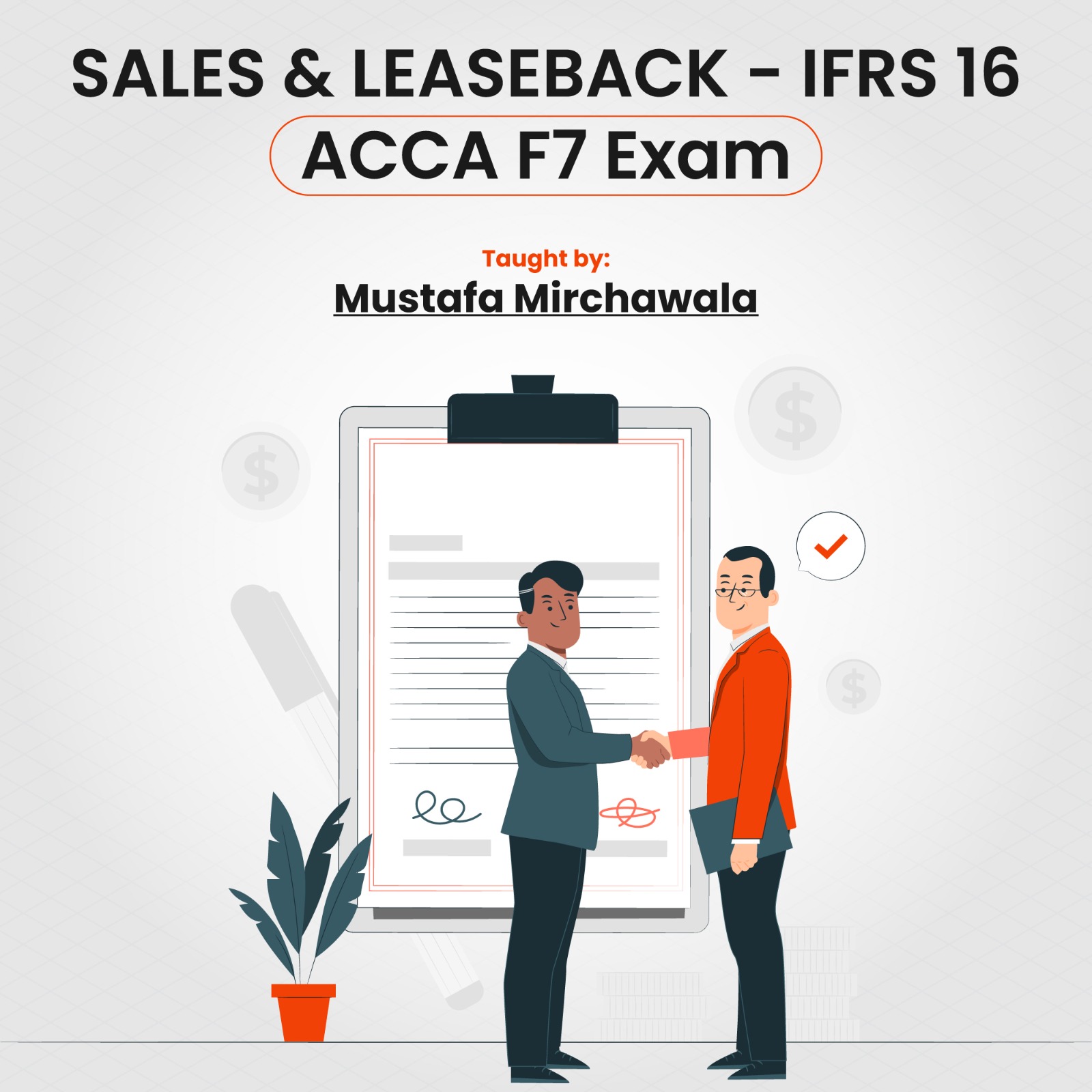
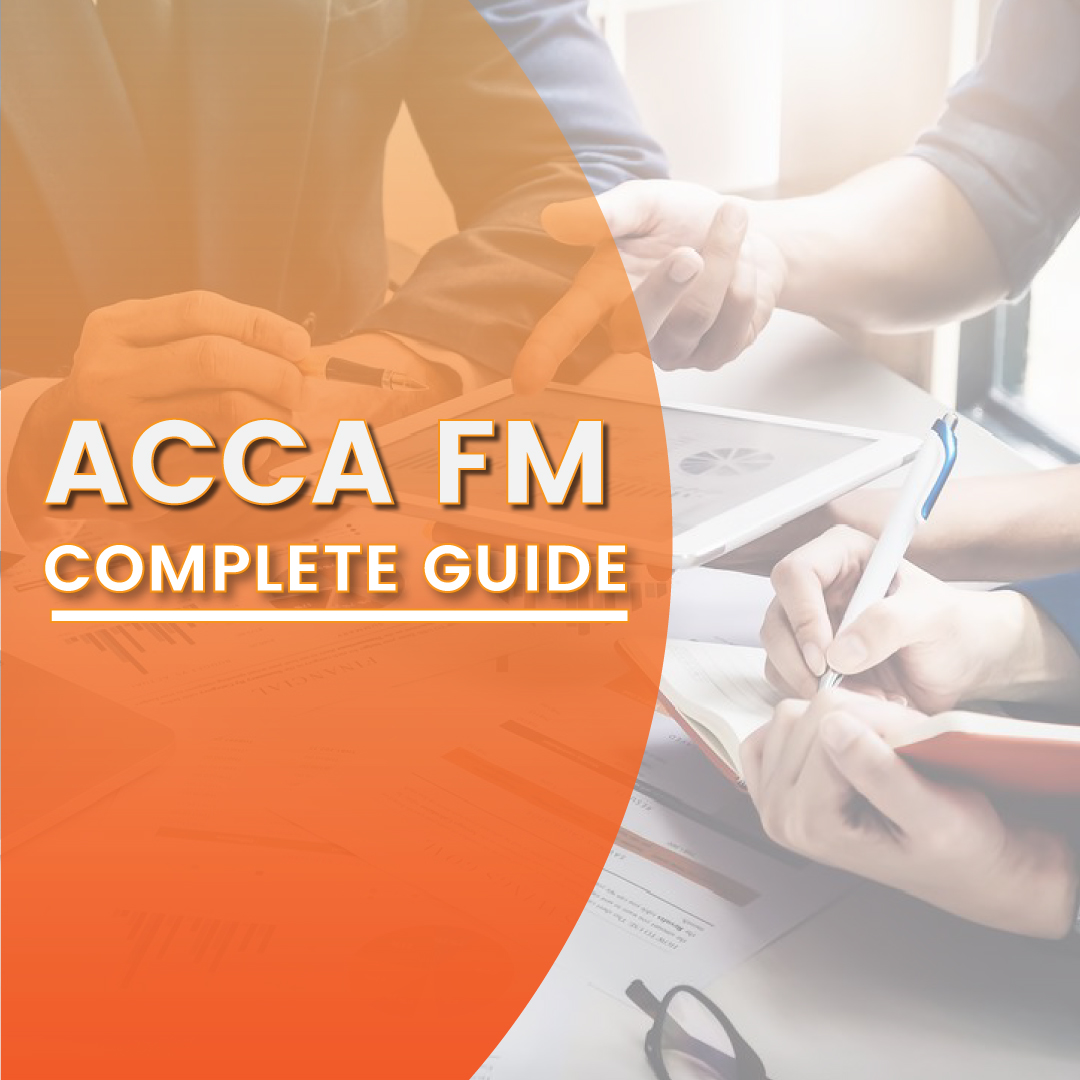
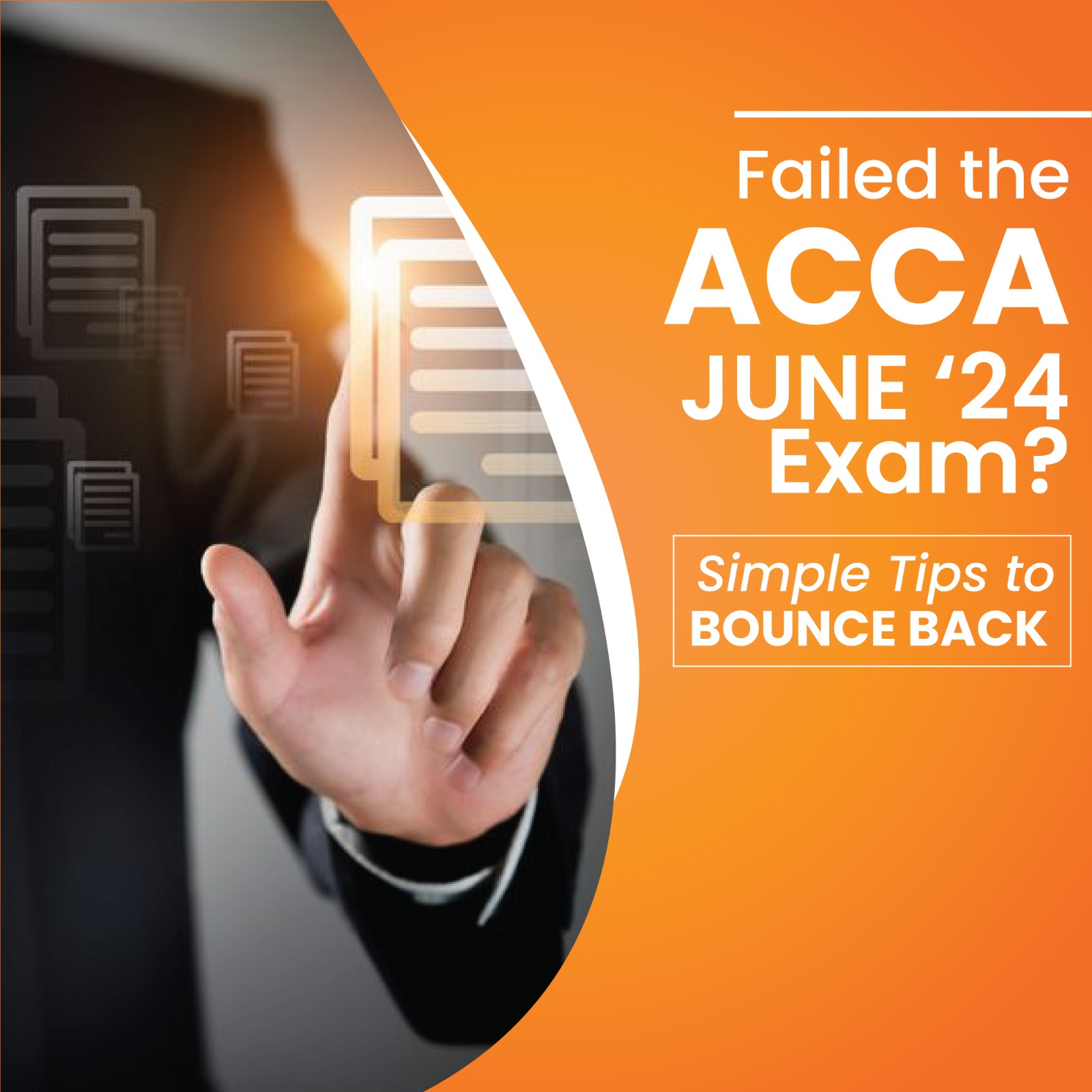







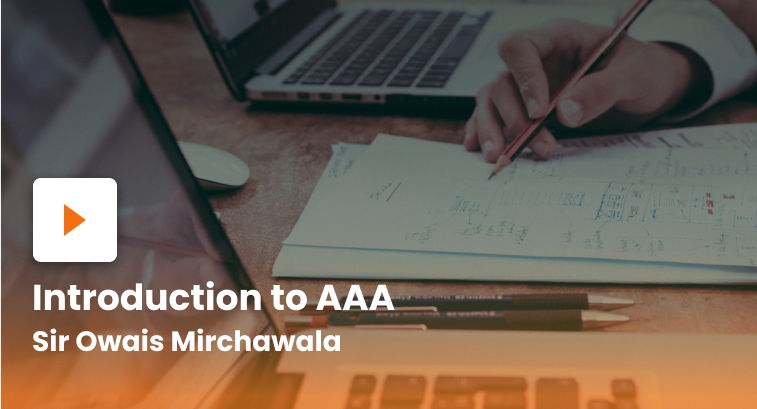
[…] October 4, 2023 […]
[…] October 4, 2023 […]
[…] Financial Accounting Standards International Financial Reporting Standards Read more October 4, […]
[…] Previous PostNext Post […]
Comments are closed.